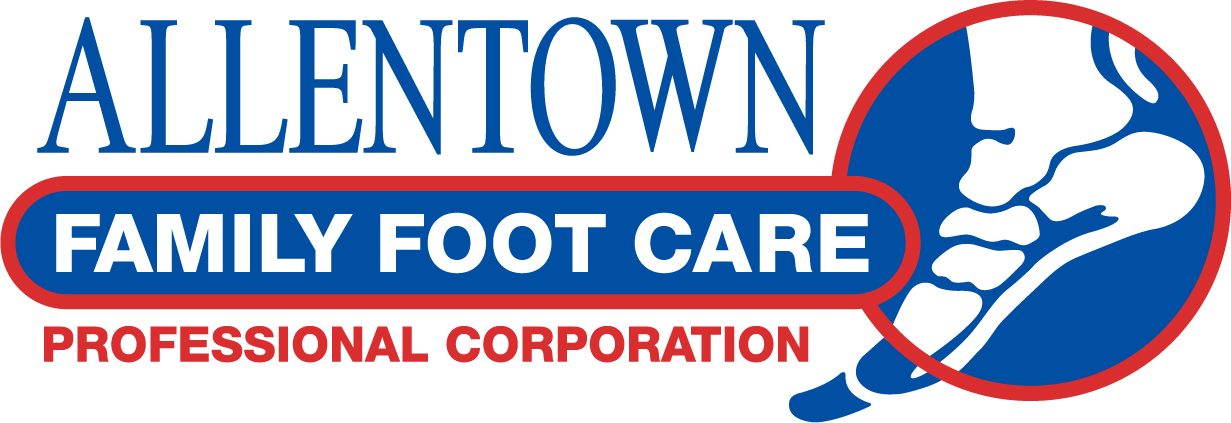There has been an evolution of physical fitness regimens since the early 2000’s. The advent of CrossFit, a popular “boot camp” exercise class, has allowed men and women to get in shape through methods of both high intensity cardio and weight lifting. Boot camp gyms began to sprout everywhere by 2010. Around this time, the same concepts of camaraderie, competition, and multi-disciplinary movements found in CrossFit spread to racing. Whereas a half marathon used to be considered a commendable achievement, Tough Mudder and other “mud runs” challenge people further. These courses incorporate multiple obstacles within a set distance (The Tough Mudder being 20 stations and 10 miles, for example). The obstacles test the participant both physically and mentally.
While boot camp exercise and mud runs do have several differences, one key similarity is the potential for injury if not properly trained. I personally have brief experience with both CrossFit and Tough Mudder. I participated in a trial subscription to the former and recently completed the latter (well, a HALF Tough Mudder, which is 13 stations over a distance of five miles). Fortunately, I have not sustained any injuries from either. However, even mild trauma to the lower extremity can occur if not careful. The following are possible injuries from high intensity exercise and races, in what I consider to be from mild to severe:
1) Muscle cramps from dehydration: This can occur especially in longer distances and when there is a higher heat index. Being prepared with not only water but electrolyte repletion can help prevent this. Luckily, races typically have both provided at stations along the course.
2) Tendinitis: An inflammation in one of your foot/ankle tendons is fairly common, especially if you are over-using certain muscles during activity. Supportive shoes depending on the event (cross-training sneaker for calisthenics and weight lifting versus a trail type shoe for a mud run) as well as inserts for the shoes can alleviate some of this pain.
3) Sprain: stretching of ligaments in the ankle following a rolling injury can happen, particularly in people with higher arched feet or a tendency to have looser ligaments. Besides shoe and insert support, someone prone to this would benefit from a figure 8 ankle stabilizing brace.
4) Tendon tear: A tear of one of your tendons, especially the achilles, is a debilitating injury that may require surgery. This can happen in people who already having chronic tendinosis or who only casually exercise (known as the “weekend warriors”). Participate at your own risk if this applies to you.
5) Fracture: Another incapacitating trauma would be a foot or ankle fracture, which again may require surgical intervention. One must be cautious with any plyometric type of exercise involving jumping or an obstacle course that includes landing from a height. Unfortunately, these injuries cannot always be prevented.
6) Rhabdomyolysis: This is one of the most limb and life threatening complications of any type of high intensity training or racing. Although rare, participants should be aware of the signs/symptoms. Damage of muscle can occur from strenuous exercise; this leads to severe muscle pain, vomiting, confusion, and tea-colored urine. Progression can even cause kidney failure, which is deadly. Rhabdomyolysis can also lead to compartment syndrome of the affected muscle compartment and eventual loss of function of the limb if untreated. Remaining hydrated is the most important measure to prevent rhabdomyolysis. Ask your PCP before beginning anything taxing if you are on any statins, antipsychotics, high blood pressure medications, or if you have chronic kidney disease.
Do not be alarmed: you will most likely be just fine if you participate in CrossFit, Tough Mudder, or the similar. Some common sense and a baseline level of fitness will take you pretty far!
